Test Bank for The Dental Hygienists Guide to Nutritional Care 4th Edition by Stegeman
Chapter 07: Use of the Energy Nutrients: Metabolism and Balance
Test Bank
MULTIPLE CHOICE
- The macronutrients supplying physiologic energy are carbohydrate, protein, fat, and alcohol. After conversion to glycogen and glycerol, these basic nutrient units are delivered to the cells.
| a. | Both statements are true. |
| b. | Both statements are false. |
| c. | The first statement is true; the second is false. |
| d. | The first statement is false; the second is true. |
ANS: C
The macronutrients responsible for physiologic energy are carbohydrate, protein, fat, and alcohol. These substances are converted to glucose, fatty acids, and amino acids and delivered to the cells for utilization. Glycogen is a carbohydrate derived from glucose that is stored in the muscles and liver. Glycerol is a portion of the chemical structure of triglycerides.
REF: p. 122
- Catabolism is also called the Krebs cycle. During the Krebs cycle glucose, fatty acids, and amino acids are converted to a usable form of energy.
| a. | Both statements are true. |
| b. | Both statements are false. |
| c. | The first statement is true; the second is false. |
| d. | The first statement is false; the second is true. |
ANS: D
Catabolism, one of the two major chemical reactions, splits complex substances into simpler substances. Its counterpart, anabolism, builds or synthesizes more complex compounds. The Krebs cycle, also called the citrus acid cycle, utilizes enzymes to convert glucose, fatty acids, and amino acids into usable forms of energy.
REF: p. 122
- Hormones stimulate, but do not retard, the functions of other cells. Hormones act as messengers that principally control metabolic functions that affect the skeletal muscular and nervous systems.
| a. | Both statements are true. |
| b. | Both statements are false. |
| c. | The first statement is true; the second is false. |
| d. | The first statement is false; the second is true. |
ANS: B
Hormones are “messengers” produced by a group of cells that stimulate or retard the functions of other cells. Hormones principally control different metabolic functions that affect growth and secretions.
REF: p. 122
- Each of the following is a function of the liver except one. Which one is the exception?
| a. | Regulatory control of nutrients in the bloodstream |
| b. | Conversion of monosaccharides to triglycerides |
| c. | Breakdown of polysaccharide glycogen into glucose |
| d. | Oxidation of digestive end products to provide energy |
ANS: B
The liver converts monosaccharides to glucose to provide energy for utilization by the cells. Its major role is regulatory; it controls the kinds of quantities of nutrients within the bloodstream. The polysaccharide glycogen is stored in the liver (and muscle) and converted to glucose. In this form, glucose can be supplied to the bloodstream and delivered to the cells as needed. Other end products of digestion can be oxidized to be converted to glucose, protein, fat, or other substances as needed by the cells and tissues of the body.
REF: p. 122
- During times of low caloric intake, high-protein diets successfully build muscle mass because this type of diet utilizes the amino acid metabolic pool to stimulate anabolism of muscle.
| a. | Both the statement and the reason are correct and related. |
| b. | Both the statement and the reason are correct but are not related. |
| c. | The statement is correct, but the reason is not correct. |
| d. | The statement is not correct, but the reason is correct. |
| e. | Neither the statement nor the reason is correct. |
ANS: E
High-protein diets are neither safe nor effective as a means to increase (anabolize) muscle mass. The amino acid metabolic pool, a small reservoir containing approximately 70 g of amino acids, is not intended for this purpose. This pool contains less amino acid than most Americans consume in a day and is not intended to supplement proper nutrition, nor is it capable of building muscle mass in the absence of caloric intake and exercise.
REF: p. 124
- The major waste product of protein catabolism is ammonia. The liver converts ammonia to urea to be excreted by the kidneys.
| a. | Both statements are true. |
| b. | Both statements are false. |
| c. | The first statement is true; the second is false. |
| d. | The first statement is false; the second is true. |
ANS: B
The roles of urea and ammonia are reversed in the question. Urea is the major waste product of protein catabolism (breakdown of a compound into simpler substance). The liver converts urea to ammonia to be excreted by the kidneys. The levels of urea and ammonia vary directly with dietary protein levels.
REF: p. 124
- Each of the following accurately describes aspects of lipid metabolism except one. Which one is the exception?
| a. | Insulin increases fat synthesis. |
| b. | The liver regulates fat metabolism and lipoprotein. |
| c. | Modification of fatty acids deactivates their properties. |
| d. | Liver metabolism results in triglycerides being transported to tissues for energy and other uses. |
ANS: C
An important concept is that the liver is the principal regulator of fat metabolism and lipoprotein synthesis (building of new substances). Fatty acids are an important component of this function, and they can be modified in many ways before they are released from the liver into the circulations. Modification, also known as hydrolysis, of fatty acids can be by shortening, lengthening, or adding double bonds.
REF: p. 124
- The liver performs each of the following actions upon cholesterol except one. Which one is the exception?
| a. | Produces cholesterol |
| b. | Converts cholesterol to urea |
| c. | Removes cholesterol from the blood |
| d. | Uses cholesterol to make bile salt |
ANS: B
The liver does not convert cholesterol to urea. Instead, the liver converts urea to ammonia, which is then excreted by the kidneys. Urea is the major waste product of the breakdown (catabolism) of protein.
REF: p. 124
- During oxidation of triglycerides, 1 lb of fat results in 1000 kcal of energy. Ketones are formed when excessive amounts of fat are oxidized for energy.
| a. | Both statements are true. |
| b. | Both statements are false. |
| c. | The first statement is true; the second is false. |
| d. | The first statement is false; the second is true. |
ANS: D
During oxidation of triglycerides, 1 lb of fat results in 3500 kcal of energy. Ketones are formed when the liver becomes overwhelmed because of excessive amounts of fat being oxidized for energy. Ketones are acidic metabolic products that are not oxidized in the liver, but they are carried to the skeletal and cardiac muscle, where under normal circumstances, they are rapidly metabolized. Note that production of 3500 kcal is more energy than most individuals use in a 24-hour period.
REF: p. 124 | p. 125
- In addition to producing excessive water within cells, ketoacidosis is a dangerous condition because the brain and nerve cells use ketones for some of their fuel requirements when glucose levels remain low for several days.
| a. | Both the statement and the reason are correct and related. |
| b. | Both the statement and the reason are correct but are not related. |
| c. | The statement is correct, but the reason is not correct. |
| d. | The statement is not correct, but the reason is correct. |
| e. | Neither the statement nor the reason is correct. |
ANS: D
Ketoacidosis is an extension of a condition known as ketosis. Dangerous dehydration can occur because an accumulation of ketone bodies upsets the acid-base balance. This condition, called acidosis, results in loss of large amounts of water and sodium ions and a disruption in the glucose balance. When blood glucose levels remain low for several days, brain and nerve cells adapt to use ketones for some of their fuel requirements. Ketoacidosis frequently occurs in patients with uncontrolled diabetes mellitus or individuals who are not eating because they are burning fat rather than carbohydrate because of illness or weight reduction.
REF: p. 125

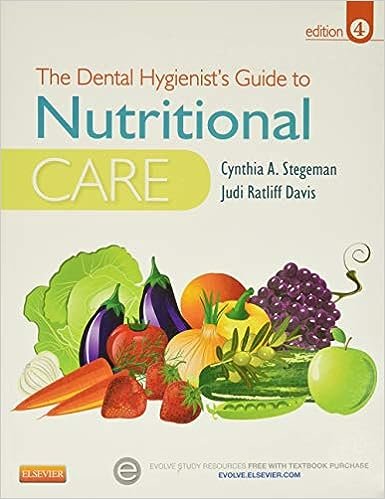

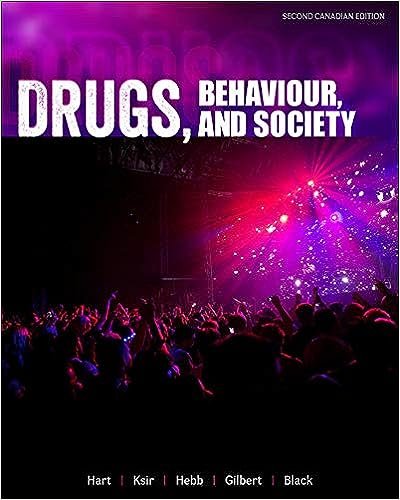

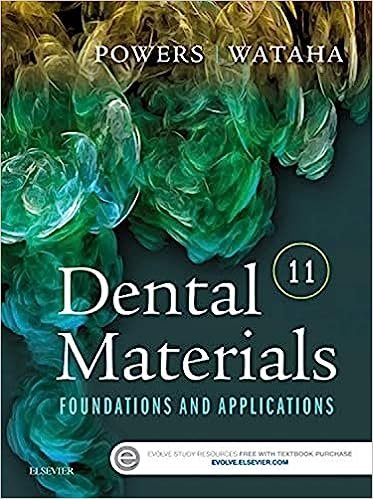



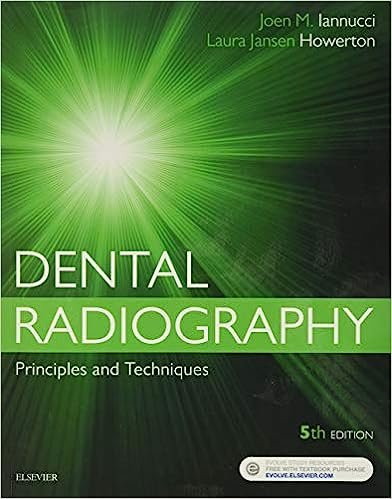
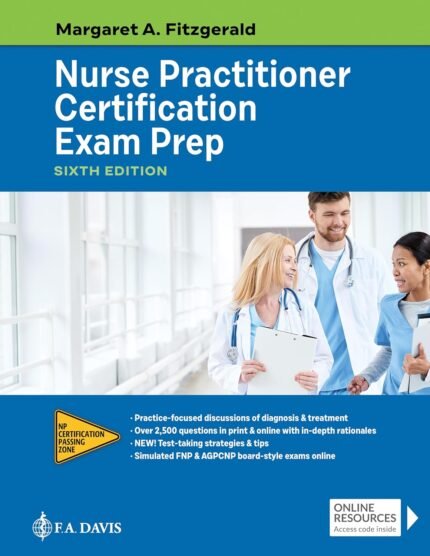
Reviews
There are no reviews yet.